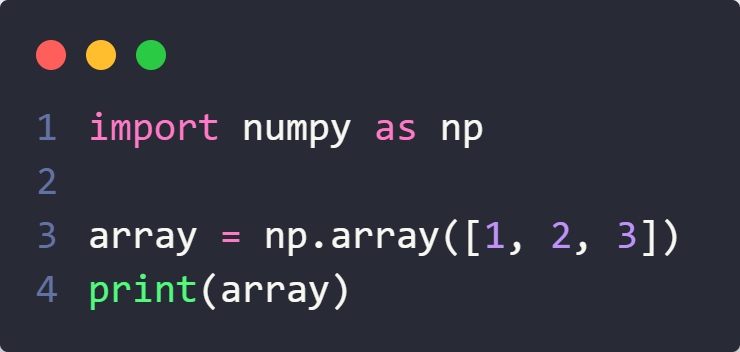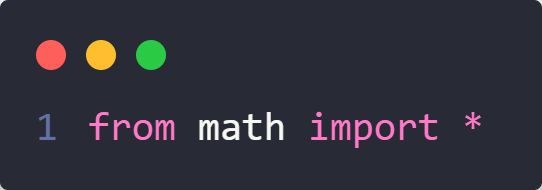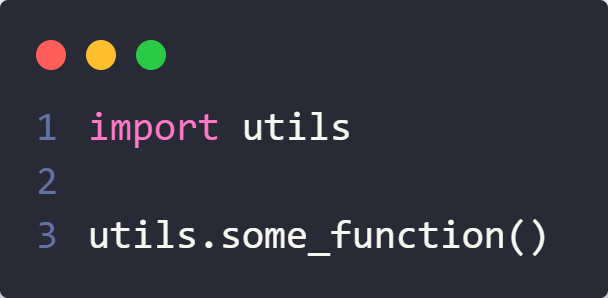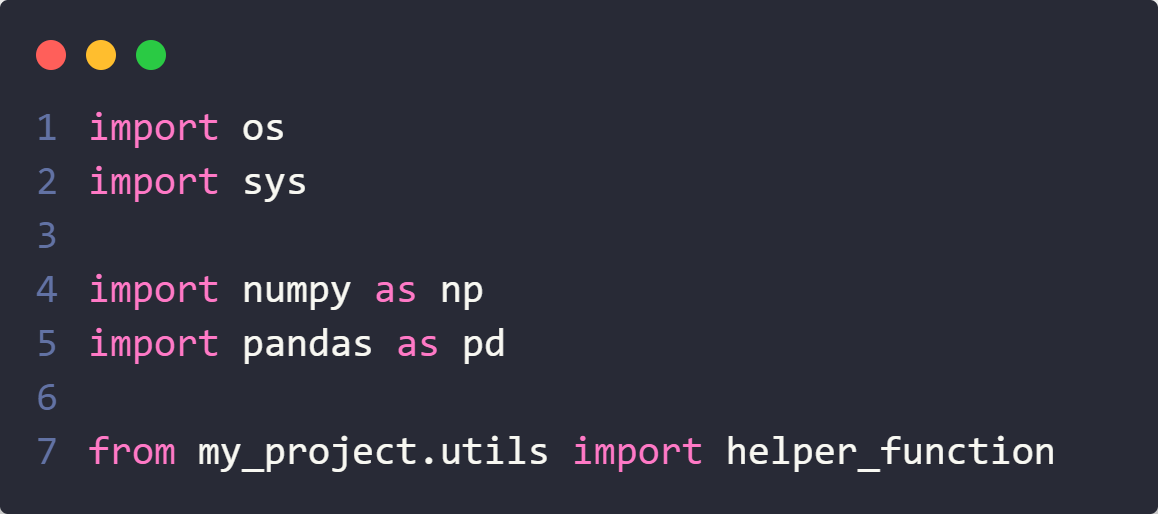- Ctrl+C+Python
- Posts
- 🐍 Python Basics: Mastering Imports | The Right Way to Manage Your Code
🐍 Python Basics: Mastering Imports | The Right Way to Manage Your Code
One of Python’s greatest strengths is its modularity. Instead of writing everything from scratch, you can import built-in modules, external libraries, and even your own custom scripts to keep your code clean and organized.In this post, we’ll dive into how importing works, best practices, and some common pitfalls to avoid. 🚀🐍
Take your learning to the next level with quick, aesthetic coding tutorials on my YouTube channel! 🚀✨
🎥 Watch now: @CtrlCPython
Subscribe for bite-sized Python lessons with lofi vibes & clean code. ☕🎶
1. What is Importing in Python?
Importing allows you to reuse code from other files or modules. Python comes with a standard library full of useful modules, and you can also install third-party packages via pip.
Here’s a simple example of importing Python’s built-in math module:

2. Different Ways to Import in Python
Python gives you multiple ways to import modules, each with its own use case.
🔸 Basic Import

This imports the entire module, and you access functions using module_name.function().
🔸 Importing Specific Functions

This imports only datetime from the datetime module, making the code cleaner.
🔸 Importing with an Alias

Using as allows you to shorten long module names for convenience.
🔸 Importing Everything (⚠️ Avoid This!)

While this might seem convenient, it pollutes the namespace, making it hard to track where functions come from and potentially causing conflicts.
3. Importing Your Own Python Files
You can also import your own Python scripts. If you have a file named utils.py, you can use:

Or, import specific functions:

4. Organizing Imports Like a Pro
Follow these best practices to keep your imports clean:
✅ Group Imports:
Standard library imports
Third-party library imports
Local application imports
Example:

✅ Use Absolute Imports When Possible

Instead of relative imports like:

✅ Use Lazy Imports for Performance
If a module is only needed inside a function, import it there:

5. Common Import Errors & Fixes
❌ ModuleNotFoundError: No module named 'X'
✔️ Ensure the module is installed (pip install X) or the script is in the correct directory.
❌ ImportError: Cannot Import Name 'X' from 'Y'
✔️ Check for circular imports and correct module paths.
❌ NameError: Name 'X' is Not Defined
✔️ Ensure the function or variable is imported correctly.
🏆 Final Thoughts
Python imports make your code modular, reusable, and maintainable. Mastering how to import correctly will help you write cleaner and more efficient programs.
How do you organize your imports? Let me know in the comments! 🚀🐍
Happy coding! 🚀🐍
Digital Shade
Reply